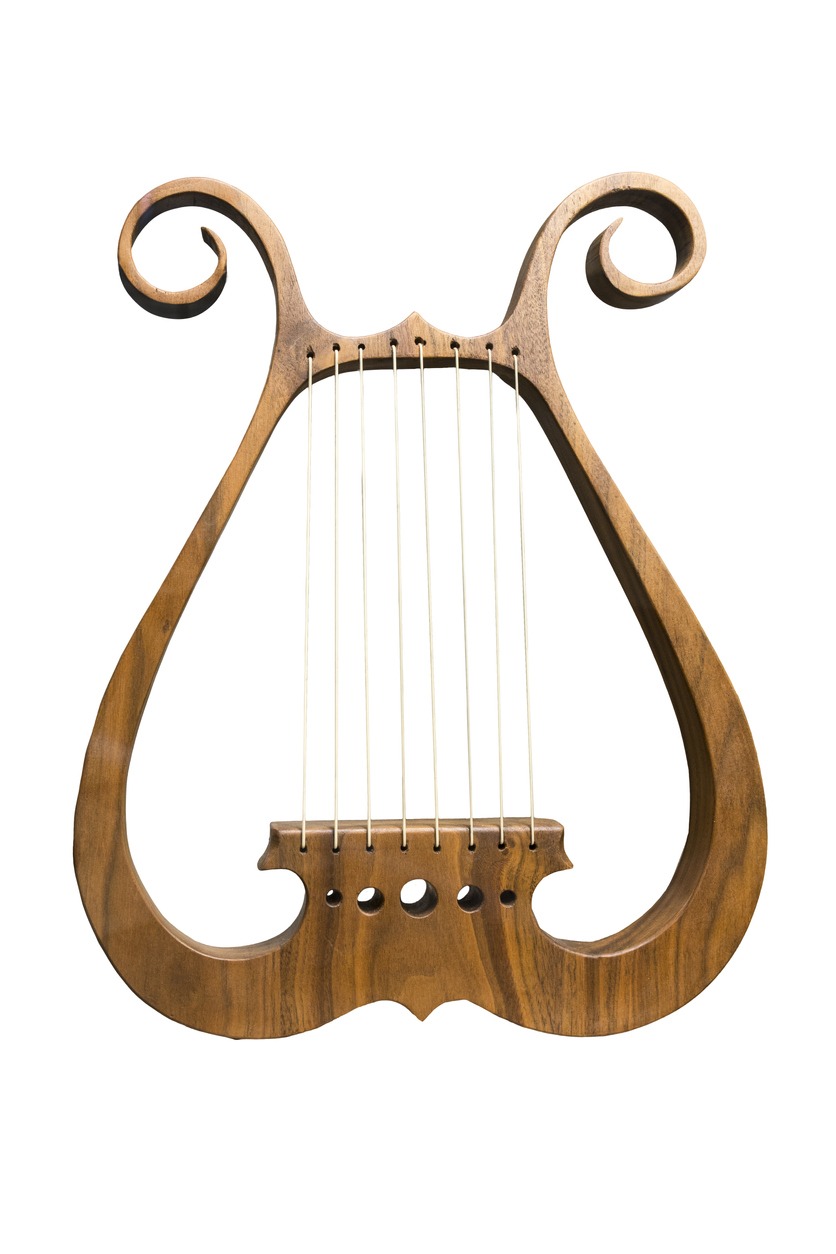The Cwrth (pronounced as crooth) is an ancient stringed instrument that is usually associated with Welsh music and medieval folk music of England. This instrument is also called crowd or rote and is widely played in Europe. The name crwth was derived from a Proto-Celtic language word ‘krutto,’ which means a round object, referring to an instrument that has a bulging or swelling appearance or shape. In the Gaelic language, the word cruit means hunch or hump. However, other Celtic words for the violin was also referred to instruments with rounded appearances. Like much of the English words that were loaned from Welsh, the letter W in the word Crwth is used as a vowel.
Furthermore, the instrument’s traditional name is called crowd or rote. Some variants also include crouth, crout, and crwd, but these were rarely used nowadays. In medieval Latin, the Crwth was also called crotta or chorus. In addition, the word crythor means a performer of Crwth in Welsh. As well as that, in Irish counterpart, it is named cruit, but it was used to designate small harps.
The origin of this instrument began at least a thousand years ago. According to history, the popularity of this instrument began around 1600 onwards. However, in the 18th century, it became out of fashion due to the emergence of the fiddle. Because of the 18th century Welsh examples, this instrument was preserved in the Museum of Welsh Life at St. Fagans. During the 20th century, the musician’s interest in traditional music had been the reason for the reconstruction of the Crwth. Still, the performance techniques, along with its method, had all become a mystery. In fact, no book regarding the tuning of this instrument was found.
This instrument consists of the construction of a simple box with fretless fingerboards and six strings. For the purpose of illustration, the Crwth uses arbitrary pitch designations. Although this was played through plucking, it was played with a bow during the 11th century. Initially, the Crwth has four strings but was increased in the 15th century. It also has a treble string, which was used for melody. Some other strings were used as drones, while the off-fingerboard strings were bowed or plucked. The Crwth’s range of notes is quite limited with a range of just a single octave, and all its strings are played at the same time. The sound that this instrument created has a droning quality that can be strange to an unfamiliar ear.
Traditionally, its resonator or soundbox and its surmounting yoke that is shaped like a ‘U’ are carved from a block of either sycamore or maple wood. Additionally, its belly or the soundboard is a separate piece made out of softwood, while its bridge is made of cherry or another fruitwood. On its soundboard, two sound holes with a circular shape of about an inch and a quarter in diameter are cut into the board to allow air from the soundbox to strengthen the tone. Parallel to the Crwth’s fingerboard runs two strings called G strings. These strings were used as fixed-pitch drones that will be plucked by the player’s left thumb. The other remaining strings were loosened or tightened by a tuning key and were usually bowed using a wooden bow with horsehair.
As stated, no tuning book of the Crwth has survived. With that, the player must work out a solution for this. Aside from learning how to play the Crwth, one must also understand what sort of tunes or sounds are likely to work in this instrument. Some performers concentrated on medieval repertoire, while others rely on folk tunes. There is nobody to set the rules, and that what makes it more appealing to the musicians.
The sound of this instrument is softer and rougher than the modern violin. It also has a melody range of an octave.In playing the Crwth, one can play it on the shoulder much like the violin, or between the player’s knees like a cello. Other options would be to hold it vertically against the chest and supported by a strap that goes around the player’s neck. One of the notable crwth players nowadays is the Christian singer and songwriter named Cass Meurig.

